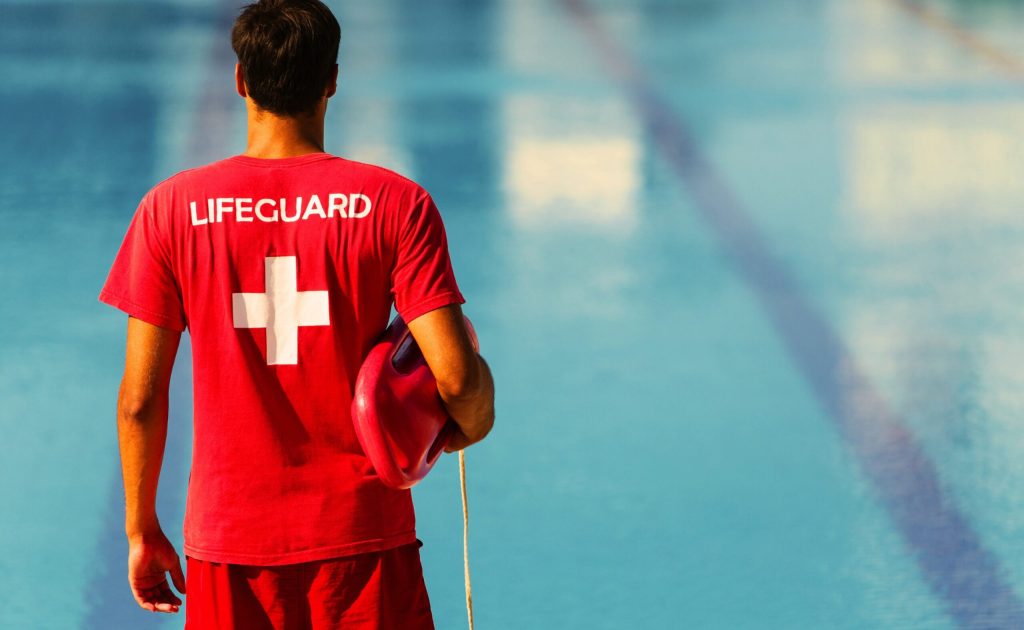In a case that has sparked nationwide debate, a lifeguard is facing legal action after allegedly saving a child from drowning. The incident, which took place at a public pool in California, has raised important questions about the responsibilities of lifeguards and the potential for legal liability when their actions are questioned.
Understanding the Legal Implications
Lifeguards are entrusted with the safety of swimmers, and their role involves not only immediate rescue efforts but also adherence to strict protocols designed to prevent accidents. However, the recent lawsuit against the lifeguard highlights the complex legal landscape surrounding aquatic safety.
The core issue here is the concept of duty of care, which refers to the legal obligation of lifeguards to act with the level of care that a reasonable person would exercise under similar circumstances. In this case, the lifeguard’s actions were deemed insufficient by the parents of the child, leading to a lawsuit that could set a precedent for future cases involving lifeguard liability.
Public Reaction and Community Concerns
The incident has ignited a wave of public reaction, with many expressing concern over the safety of children in public swimming areas. Parents are now more vigilant than ever, questioning whether the lifeguards at local pools are adequately trained and prepared to handle emergencies.
Social media platforms have become a hub for discussions around the case, with users sharing stories of their own experiences and opinions on the matter. Some argue that the focus should be on improving training and resources for lifeguards, while others believe that the legal system must provide clearer guidelines on what constitutes negligence in such situations.
The Role of Training and Certification
Training and certification play a crucial role in the effectiveness of lifeguards. According to the reference text, proper training ensures that lifeguards are equipped with the necessary skills to perform their duties effectively. This includes not only basic rescue techniques but also the ability to identify potential hazards and take preventative measures.
However, the lawsuit raises concerns about the adequacy of current training programs. Critics argue that the training may not be sufficient to prepare lifeguards for the complexities of real-life scenarios, especially in high-stress environments. This calls for a reevaluation of training standards and the implementation of more rigorous protocols to ensure that lifeguards are fully prepared to handle emergencies.
Legal Defenses and Protections
In the context of the lawsuit, it is essential to consider the legal defenses available to lifeguards. The reference text outlines several key points, including the assumption of risk by swimmers and the importance of documentation and reporting. These defenses can be critical in protecting lifeguards from liability if they can demonstrate that they acted within the bounds of their duty.
However, the case also underscores the need for clear communication between lifeguards and the public regarding the expectations and limitations of their roles. Establishing a culture of transparency can help mitigate misunderstandings and reduce the likelihood of legal disputes.
The Impact on Lifeguard Policies
The outcome of this lawsuit could have significant implications for lifeguard policies across the country. If the court rules in favor of the parents, it may lead to stricter regulations and increased accountability for lifeguards. Conversely, if the lifeguard is found not liable, it could reinforce the importance of training and the need for a supportive environment for those in the profession.
This case serves as a reminder of the delicate balance between ensuring safety and upholding the rights of lifeguards. It is imperative for organizations to review their policies and procedures to ensure that they are aligned with the evolving legal landscape and the needs of both lifeguards and the public.
Conclusion
The lawsuit against the lifeguard who saved a child from drowning highlights the complex interplay between duty, responsibility, and legal liability. As the case unfolds, it will be crucial to monitor its impact on lifeguard training, policies, and public perception. Ultimately, the goal should be to create an environment where lifeguards can perform their duties with confidence, knowing that they are supported by adequate training, resources, and legal protections.















More Stories
US Trending News: Youngboy Concert in Birmingham: What to Know Before You Go
Whitefish Bay Trick or Treat 2025: A Complete Guide for Residents and Visitors
Where Did John Wayne Gacy Live? A Look Into the Home of a Notorious Serial Killer